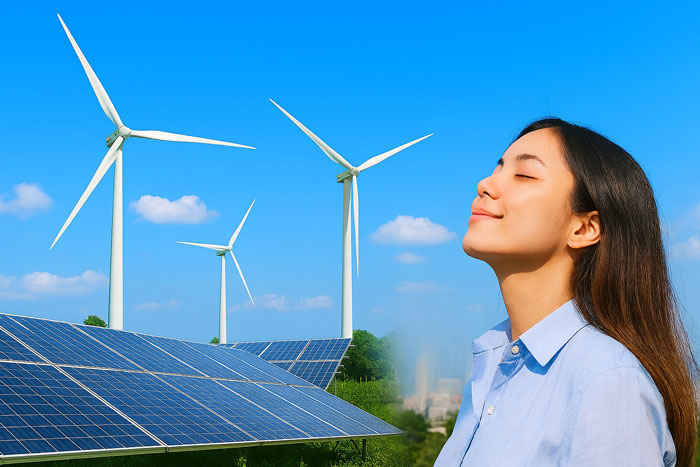The report also flags the urgent need for integrated health, energy, and environmental policies to tackle air pollution, with PM2.5 exposure posing serious risks by penetrating deep into the lungs and entering the bloodstream.
India’s ambition to become a developed economy by 2047 hinges on a radical transformation of its energy ecosystem, according to a joint report by the apex industry chamber Confederation of Indian Industry (CII) and the global consultancy EY. The study estimates that India’s primary energy supply must triple to nearly 35,000 terawatt-hours (TWh), while non-fossil sources must scale up forty-fold to meet two-thirds of the projected demand.
Titled Eigenvectors of Net Zero Energy Transition: Pathways to Viksit Bharat 2047, the report frames India’s net-zero journey as a complex optimisation challenge, balancing energy security, affordability, competitiveness, and sustainability. With a projected $30 trillion GDP and 1.5 billion population by 2047, the analysis highlights both the scale of opportunity and the risks that must be managed.
India has already crossed a major milestone, achieving 50 per cent non-fossil power capacity in 2025, five years ahead of its Nationally Determined Contributions (NDCs) target. This early success signals the country’s ability to align sustainability with growth.
The report also highlights the urgency to address public health risks linked to air pollution. PM2.5 exposure—inhaling fine particulate matter 2.5 micrometres or smaller—can penetrate deep into the lungs and enter the bloodstream, posing serious health threats. The authors call for integrated health, energy, and environmental policies to mitigate such risks.
Milestone Reached, Challenges Ahead
Chandrajit Banerjee, Director General, CII, said, “India stands at a defining moment in its energy transition journey. The report shows that becoming a developed economy by 2047 will require three times more primary energy supply and a forty-fold scale-up of non-fossil sources. Its human-centric lens provides actionable guidance for policymakers, businesses, and investors.”
The report calls for legal clarity on private sector participation in nuclear power and the fuel cycle, alongside strengthening nuclear-grade supply chains through quality assurance and vendor development. It also recommends involving private players in a defined framework for Bharat Small Reactors. Under this programme, India has targeted the construction of 24 small modular reactors (SMRs) to generate 6 GW of clean energy, led by the Department of Atomic Energy.
Somesh Kumar, Partner & Leader, Power & Utilities, EY India, added, “India’s net-zero transition is not just a technology challenge, but a multidimensional optimisation problem. Achieving resilience will require modernising grids, scaling renewables and nuclear, building secure supply chains, and addressing health risks. By adopting a human-centric approach, India can achieve its net-zero ambition while ensuring inclusive growth.”
Among its key findings, the report notes that India’s energy cost share (ECS) must be kept below 10-11 per cent of GDP to sustain economic momentum. It also flags rising dependence on imported low-carbon technologies, which already account for 0.21 per cent of GDP in FY2025, reiterating the need for domestic manufacturing resilience.
The authors call for a shift from fragmented, target-driven planning to integrated, risk-informed policymaking. By balancing affordability, security, sustainability, and competitiveness, India can transform its energy transition into a driver of economic growth, social well-being, and global leadership.


